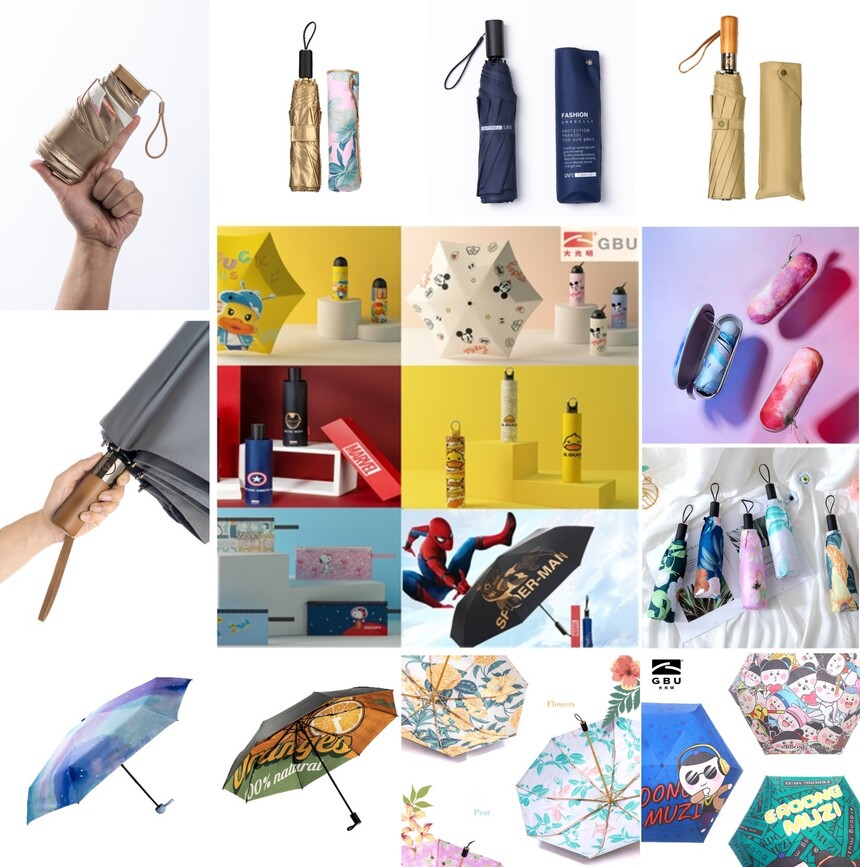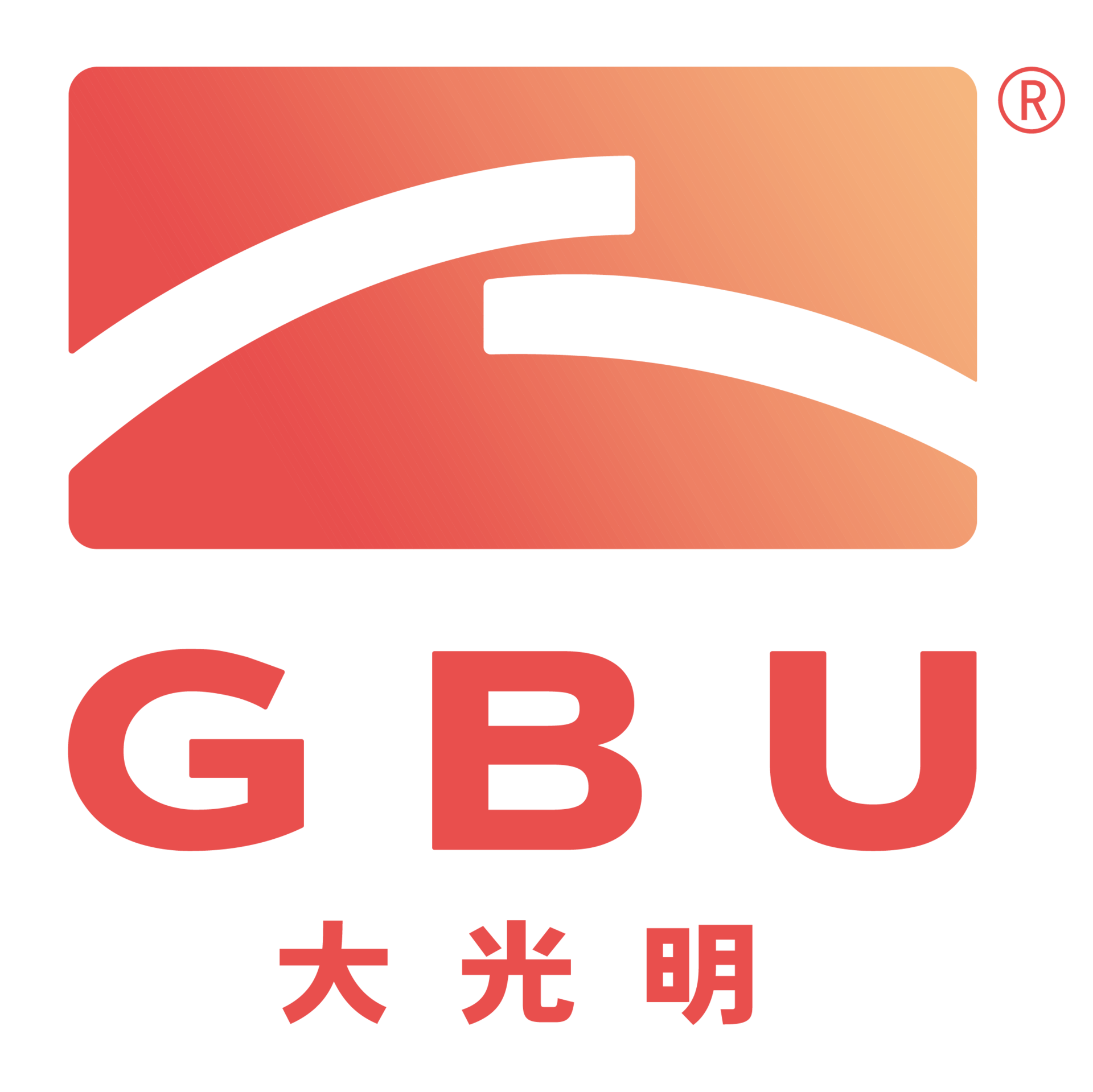
Selling umbrellas on Amazon can be a profitable venture, given the right approach. However, finding the perfect umbrella supplier is crucial to ensure product quality, competitive pricing, and reliable fulfillment. This guide outlines steps to help you identify and partner with the ideal umbrella supplier for your Amazon business.
1. Define Your Requirements
Before embarking on your search, clearly define your requirements:
Product Type: Determine whether you want to sell compact, foldable, golf, or large umbrellas.
Quality Standards: Set benchmarks for material quality, durability, and design aesthetics.
Customization Needs: Decide if you need custom branding or unique designs.
Budget: Establish a budget range that balances cost and quality.
MOQs and Pricing: Consider minimum order quantities and acceptable price points.
2. Research Potential Suppliers
Start your search through various channels:
Online Marketplaces: Platforms like Alibaba, Global Source, and Made-in-China offer extensive listings of umbrella suppliers. Use filters to narrow down options based on location, certifications, and ratings.
Trade Shows and Expos: Attend industry events such as the Canton Fair or specialized umbrella expos to meet suppliers in person and view products firsthand.
Industry Directories: Utilize directories specific to the umbrella manufacturing industry to find reputable suppliers.
Networking: Leverage connections within the industry for recommendations and insights.
3. Evaluate Supplier Credentials
Once you have a list of potential suppliers, evaluate their credentials thoroughly:
Certifications: Check for relevant certifications like ISO, BSCI, or other quality assurance standards.
Experience: Look for suppliers with a proven track record in producing and exporting umbrellas.
Client Testimonials: Read reviews and testimonials from other businesses they have supplied.
Sample Requests: Request samples to assess product quality, design accuracy, and overall craftsmanship.
4. Assess Fulfillment Capabilities
Ensure your chosen supplier can meet Amazon's fulfillment requirements:
Lead Times: Confirm their production and shipping timelines align with your inventory needs.
Logistics Partnerships: Prefer suppliers with established logistics networks or FBA compatibility for seamless integration with Amazon's fulfillment centers.
Inventory Management: Discuss how they manage stock levels and reorder processes to avoid disruptions.
5. Negotiate Terms and Build Relationships
Effective negotiation and relationship-building are key to securing favorable terms:
Pricing and MOQs: Negotiate competitive pricing and flexible minimum order quantities that suit your business model.
Payment Terms: Clarify payment schedules, methods, and any applicable discounts for bulk orders or prompt payments.
Contracts: Draft clear contracts outlining delivery timelines, quality guarantees, return policies, and dispute resolution mechanisms.
6. Monitor Performance and Maintain Communication
Even after finalizing partnerships, continuous monitoring and communication are essential:
Performance Metrics: Track key performance indicators such as on-time delivery rates, product defects, and customer satisfaction scores.
Regular Check-ins: Schedule periodic meetings or calls to discuss performance, address concerns, and explore growth opportunities.
Feedback Loop: Implement a feedback loop where both parties can share insights for continuous improvement.
Conclusion: Setting Up for Success
Finding the perfect umbrella supplier for your Amazon business requires diligent research, careful evaluation, and strategic partnership-building. By following these steps, you can navigate the complexities of the supplier landscape, ensuring high-quality products, competitive pricing, and reliable fulfillment. With the right supplier by your side, your Amazon umbrella business can thrive, turning every rainy day into a profitable opportunity.












